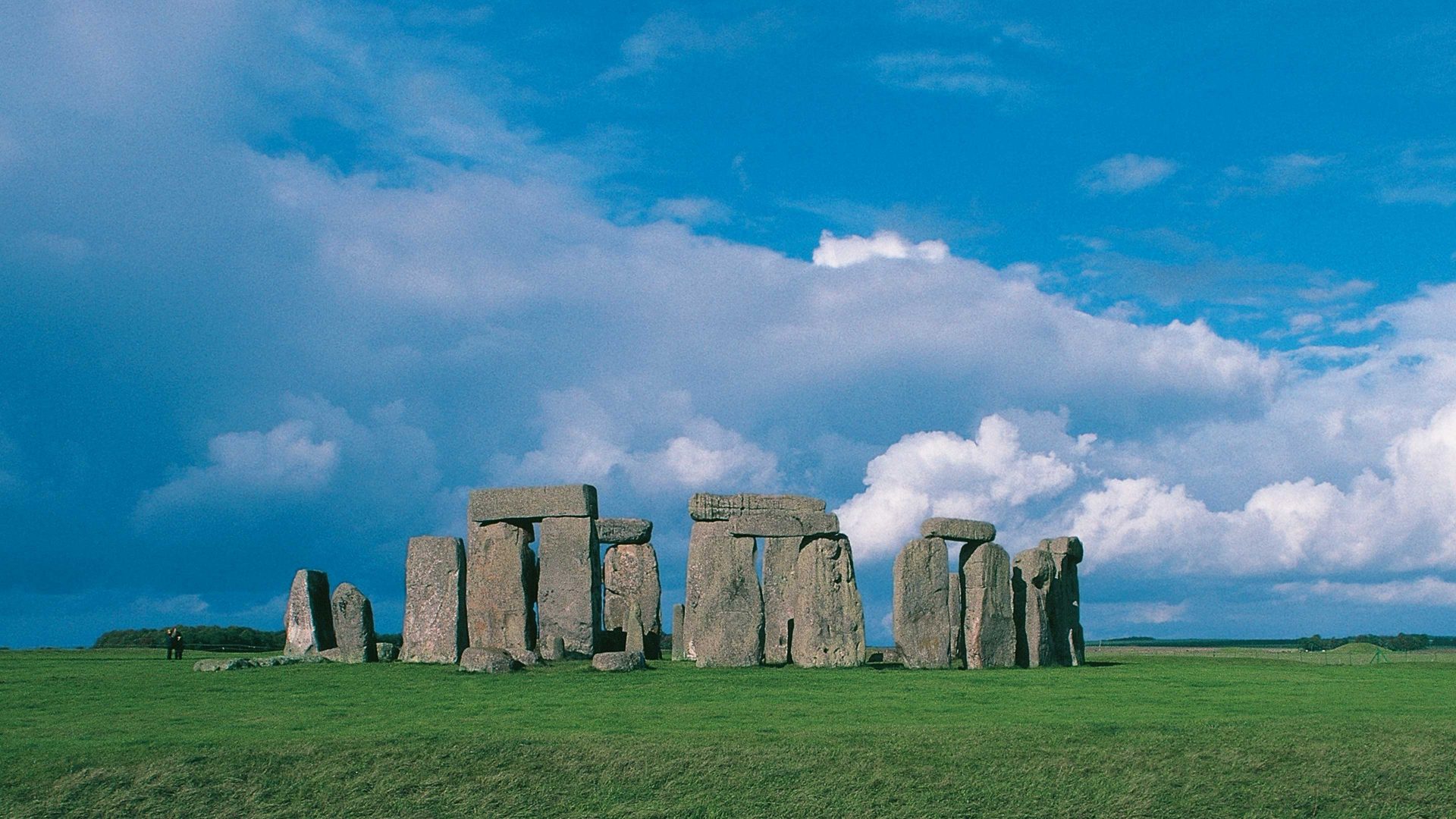The altar stone at the centre of Stonehenge is almost invisible. Two fallen sarsens mottled with lichen lie across it. Much of it is buried. It’s not clear whether this stone originally lay flat on the ground as it does today, or stood upright. Nor do we know why it was there, though it’s a reasonable hypothesis that it served some altar-like function.
We do know that it was hewn from a different kind of sandstone from other components of Stonehenge, which suggests it had special importance. And now we know with a very high degree of probability that it wasn’t quarried in the Brecon Beacons in Wales, as once thought, but rather came from the north-east of Scotland. Yes, from the north-east of Scotland, over 400 miles away. That’s difficult to take in, but scientists analysing the mineral composition of this half-buried slab have discovered a “fingerprint” of elements that matches stone from that area alone.
Sherlock Holmes in The Sign of Four explains to Watson that “once you have eliminated the impossible, whatever remains, however improbable, must be the truth.” This Holmesian principle assumes that you have before you the full range of possible explanations of the phenomenon in question and haven’t somehow overlooked a more straightforward account of the evidence. But in this case the evidence-backed theory of the stone’s origin in Scotland does seem, however improbable, to be the best explanation available.
Assuming that a glacier didn’t carry it south (a now abandoned theory), somehow, around 5,000 years ago, our Neolithic forebears dragged, pushed, slid, levered, or perhaps floated, rowed, and sailed, a six-tonne block of sandstone from one end of our island almost to the other. They must have had an excellent sense of where they were heading, and negotiated terrain that included rivers, mud, hills, and perhaps mountains, or else made some kind of raft or boat that they manoeuvred around the coast all that way from north to south. This could have taken many years, decades even, but it is still an awe-inspiring achievement, perhaps the equivalent of landing Neil Armstrong and co on the moon in 1969.
Like the moon project, the altar stone project would have involved collaboration, planning and co-operation on a large scale involving numerous people, and no doubt a degree of trial and error, learning from their mistakes.
Many of us have until now held a naive view of the so-called Stone Age, of people living in small groups barely surviving and constantly at risk of attack, whether from animals or other people. We know that they had developed some forms of agriculture and farming, but presumed that they were incapable of large-scale co-operation and would have been highly vulnerable to raids by rival tribes when travelling outside their familiar terrain. This is not so far from the image that Thomas Hobbes gave in Leviathan of what it would be like to live outside of society in what he called The State of Nature – a war of all against all, in which even the strongest were at risk of being killed by the weak when they slept, where everyone would be in pursuit of scarce resources and pre-emptive murder would be the best strategy to survive. Now we need to think again.
We don’t know if the cooperation needed to shift the stone south stemmed from a sense of common purpose, religious fervour, mild or strong coercion, or even slavery, and we don’t know how many people died or were maimed en route, but the journey of the altar is clear evidence of high intelligence and a sophisticated society with the capacity to plan and solve problems together.
Stonehenge itself also exemplifies an attitude of long-termism, sometimes described as cathedral thinking (a reference to projects that take generations to complete undertaken for the benefit of others). Or at least it seems to. Perishable wood henges existed in Neolithic times, so investing the labour and energy required to build a temple of stone was a remarkable decision.
In its most extreme forms, long-termism can be a dangerous deflection of resources from present need towards some perhaps never-to-be-realised goal – Elon Musk channelling his wealth towards colonising Mars rather than trying to end world poverty, for example. Yet without some form of long-term thinking, it’s unlikely that in 5,000 years anyone will exist to marvel at our accomplishments as we now can at what the makers of Stonehenge achieved.



